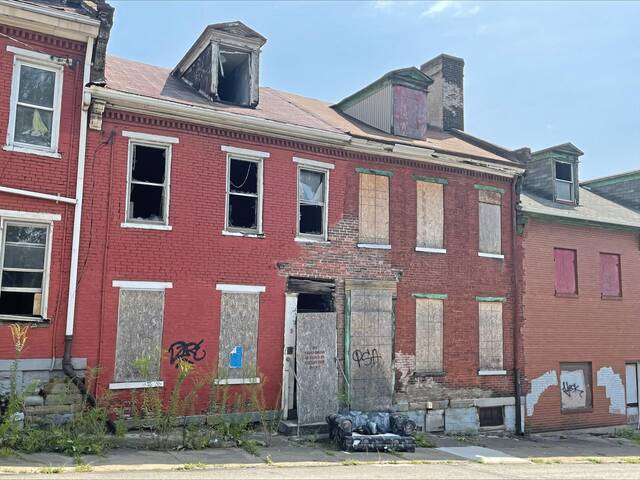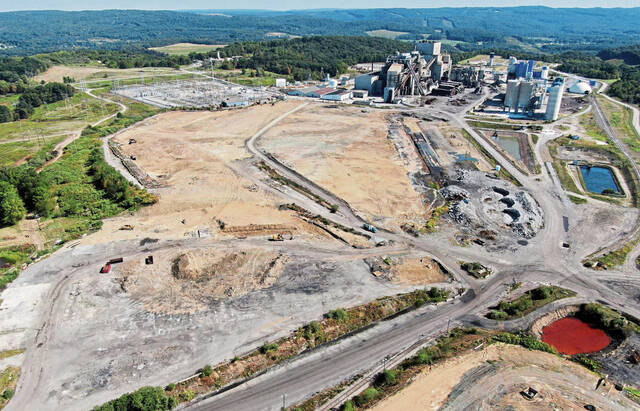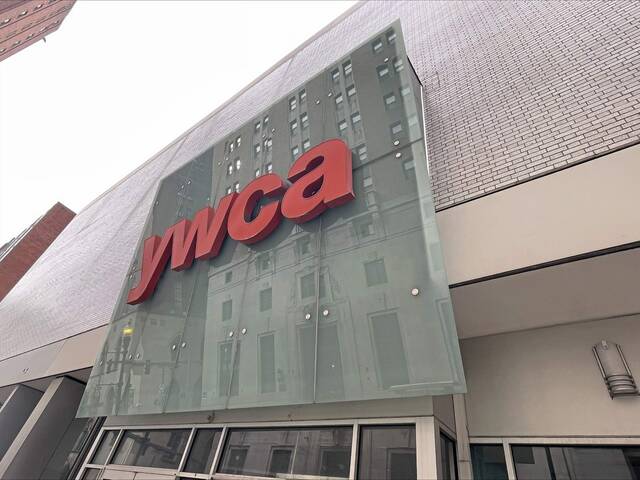Allegheny County’s bitter budget battle ended not only with a compromise property tax hike by the Democrat chief executive and majority-Democrat council — a 36% hike instead of a 46.5% increase — but also “a commitment from both the Administration and Council to work together through 2025 to continue to identify efficiencies and ensure long-term financial sustainability.”
And as Eric Montarti, research director at the Allegheny Institute for Public Policy, and Alex Sodini, a research assistant at the Pittsburgh think tank, remind, “There are plenty of opportunities over the next year to follow through on that commitment and to show taxpayers what is being done.”
First up is the sunset review. The researchers say reviews are scheduled this year for the medical examiner, jail, police and emergency services.
“Those four departments total $184.7 million in the 2025 budget, and all saw their budget grow from the 2024 adopted plan,” they note. “Does council scrutinize the reviews, especially where mentions have been made of alternative methods of carrying out services?
“If not, the commitment to efficiency and financial sustainability might begin there.”
Additionally, Montarti and Sodini remind that the Government Review Commission, which convenes once every decade, is scheduled for 2025. Both county council and the chief executive make the commission’s appointments.
“(P)eople who are committed to carrying out the 2025 goals of efficiency and financial sustainability should be on the commission,” the think tank scholars stress.
And, lest we forget, there is the pending reassessment lawsuit brought by Pittsburgh Public Schools.
“The county should drop the challenge to the lawsuit, save on the legal expense, do a reassessment and then commit to regular reassessments to stabilize the tax base and avoid the experience of the past three decades that resulted in court-ordered reassessments in 2001 and 2013,” Montarti and Sodini say.
The researchers note the dashboards that populate the county website show monthly and year-to-date revenues, expenditures and headcount; how to estimate property tax payments; and how the county has spent pandemic relief and opioid settlement dollars.
County council also has proposed online tools to show opportunities to serve on boards and commissions (approved by the chief executive) and to show the status of property reviews of purely public charities exempt from property taxes.
“Why not (create) a dashboard that shows the monthly activities undertaken by elected officials and the progress to identify efficiencies, perhaps with cost comparisons between what the county spends and what a private, nonprofit or other level of government would charge to carry out the service?” they ask.
“Significant departmental savings would be beneficial for taxpayers and could perhaps result in the new 6.43 millage rate being reduced when the 2026 budget year rolls around,” Montarti and Sodini conclude.








